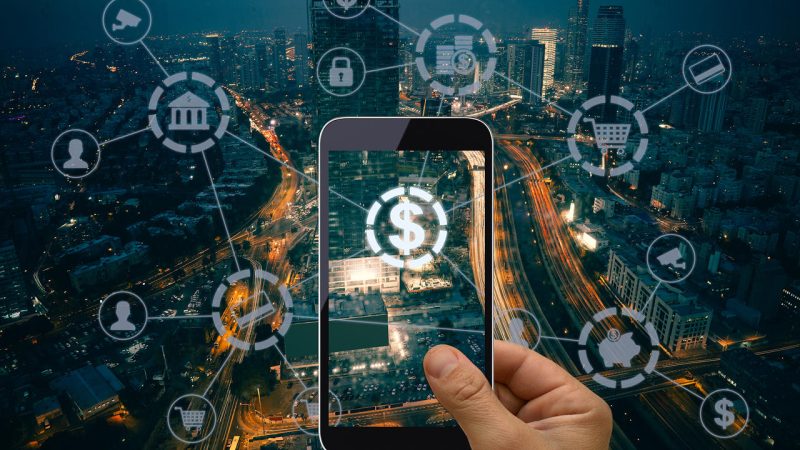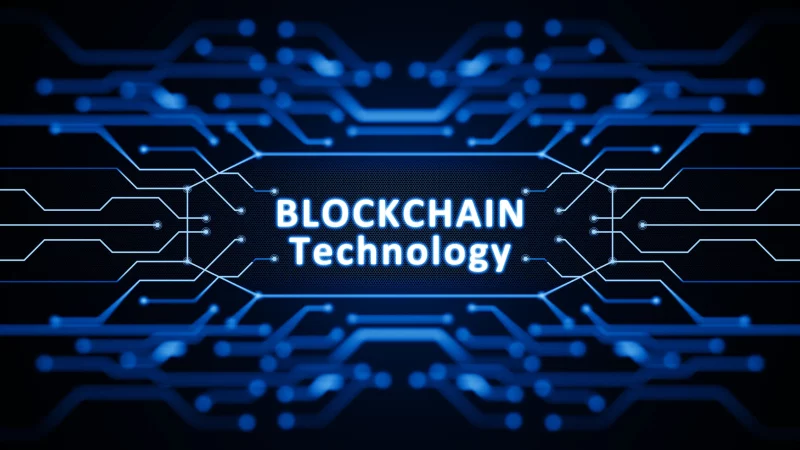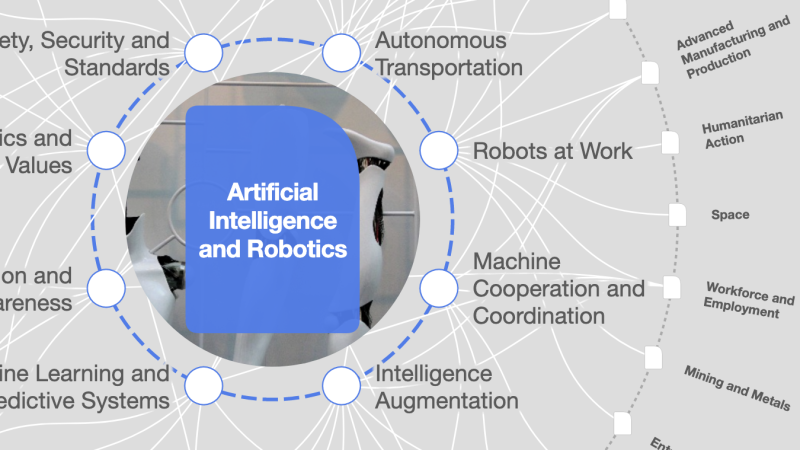Why gamification and virtual reality is the future of education?

Are you tired of traditional education methods that leave students feeling bored and disengaged? Gamification and virtual reality may just be the solution we’ve been looking for. By incorporating game-like elements and immersive technology into learning, educators can create a more engaging and interactive experience for students. In this blog post, we’ll explore what gamification and virtual reality are, how they can be used in education, as well as their pros and cons. Join us on this exciting journey to discover why gamification and virtual reality is the future of education!
What is gamification?
Gamification is the process of using game design elements in non-game contexts, such as education. It involves incorporating aspects like points systems, leaderboards, and rewards into learning experiences to motivate and engage students.
In a gamified educational experience, learners are more likely to feel motivated and engaged because they can see their progress visually represented through badges or levels earned. This creates a sense of achievement that encourages them to continue learning.
Gamification also allows educators to incorporate gameplay mechanics that make it easier for students to learn difficult concepts. For example, simulations can help teach complex scientific theories by allowing students to interact with different variables in real-time.
Gamification provides an opportunity for educators to create personalized and engaging lessons that cater specifically towards each student’s needs while still hitting all the required curriculum objectives.
What is virtual reality?
Virtual reality (VR) is a technology that allows users to experience simulated environments through the use of specialized headsets and other equipment. These simulations are designed to create an immersive experience, giving users the feeling that they are actually present in a different world.
Unlike traditional computer or console games, virtual reality places users directly into the action – allowing them to interact with their surroundings in ways that were previously impossible. This can be particularly beneficial for educational purposes, as it provides students with a unique opportunity to explore complex topics and ideas in an engaging and interactive way.
One of the key advantages of VR is its ability to provide learners with hands-on experiences without any risk. For example, medical students can practice complex surgical procedures without endangering real patients; engineering students can test out designs and prototypes before building physical models; history students can visit ancient civilizations from the comfort of their own classrooms.
Virtual reality has enormous potential as a tool for education. By providing immersive learning experiences that engage both mind and body, it has the capacity to revolutionize how we teach and learn about our world.





